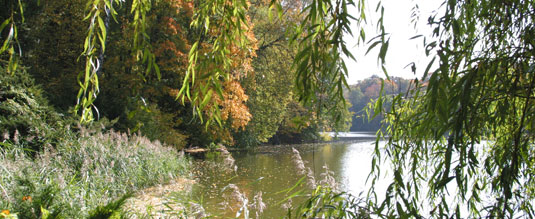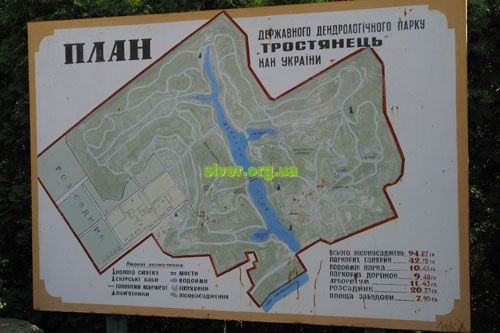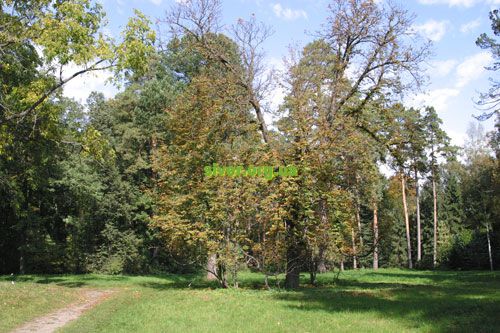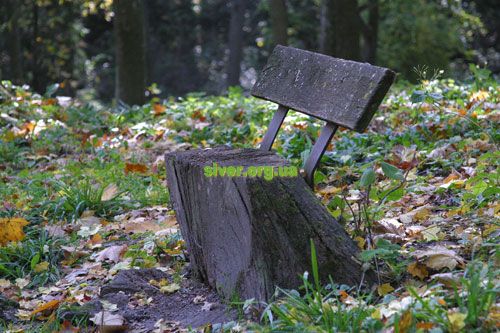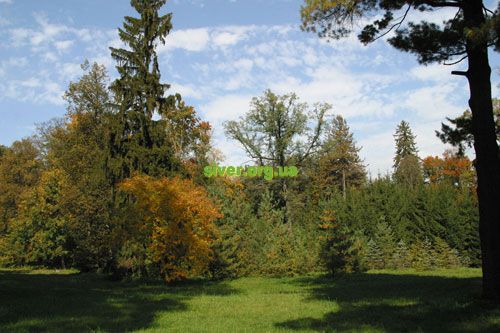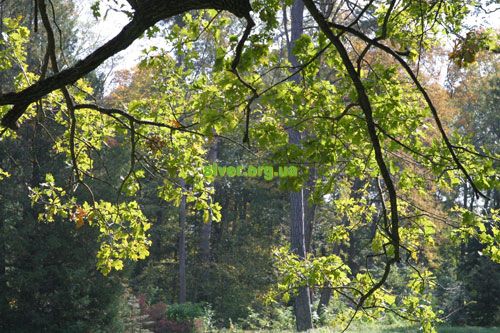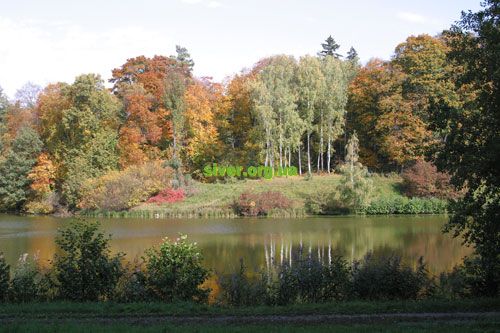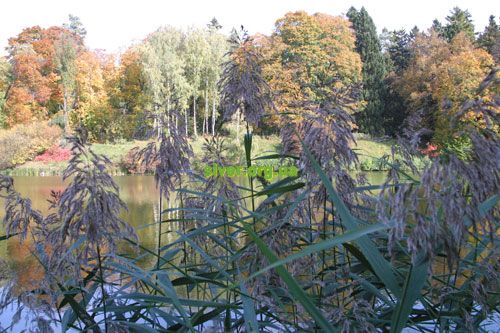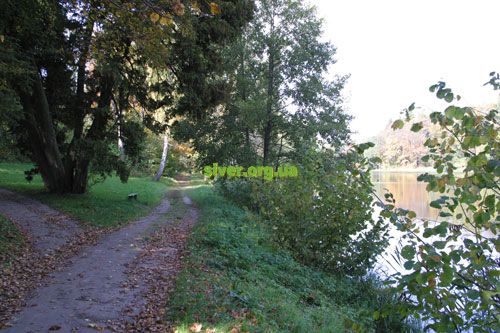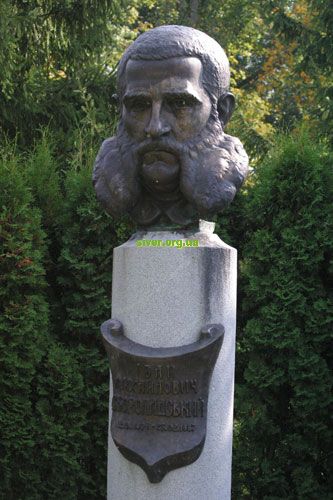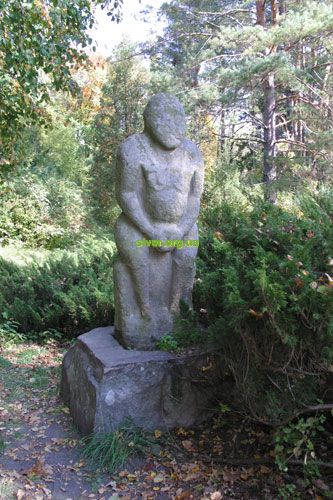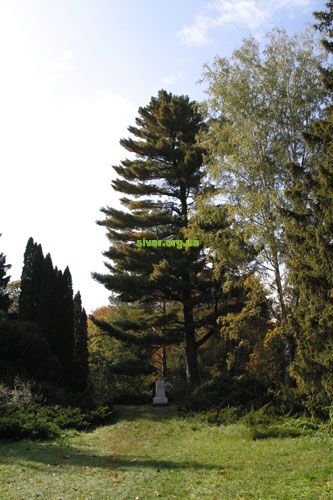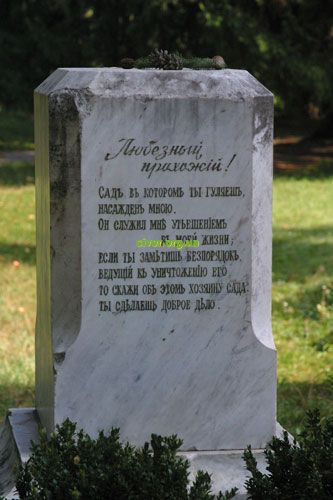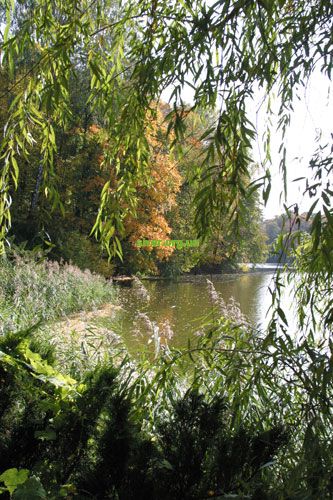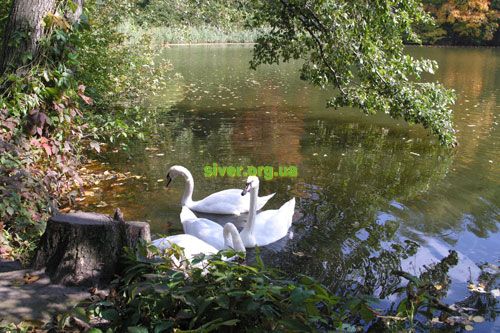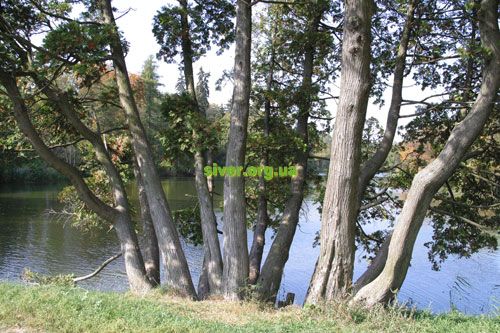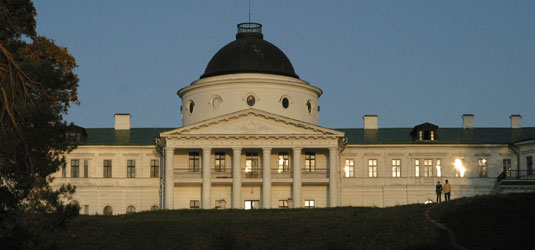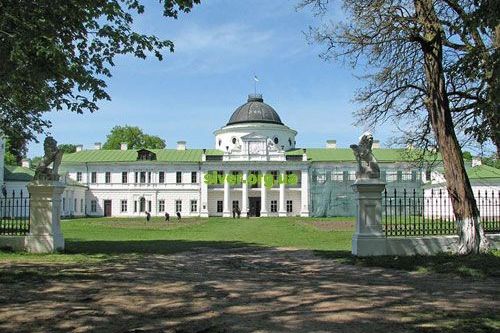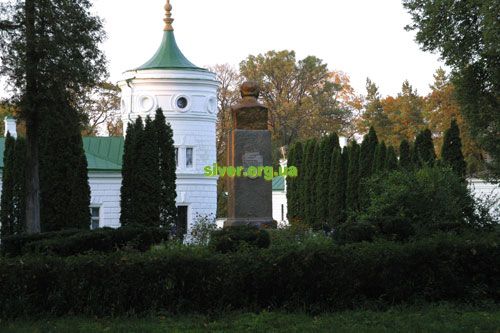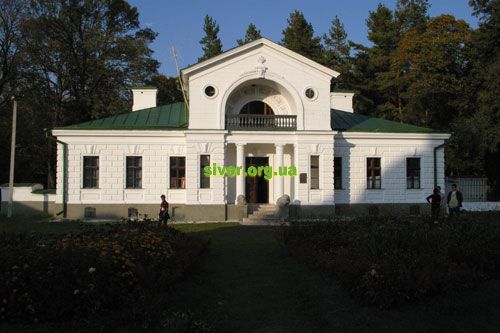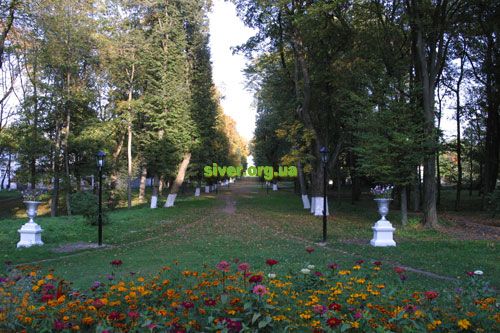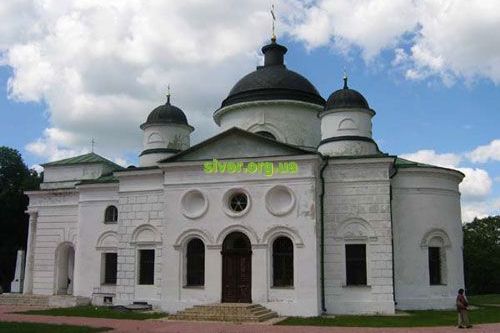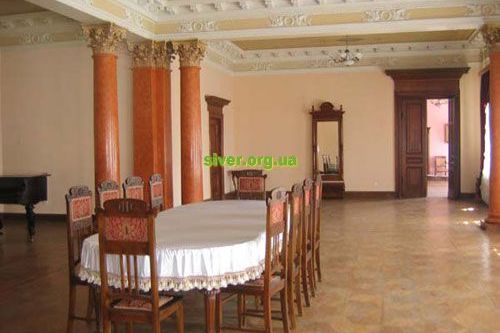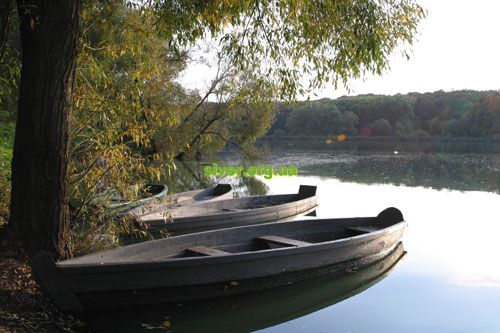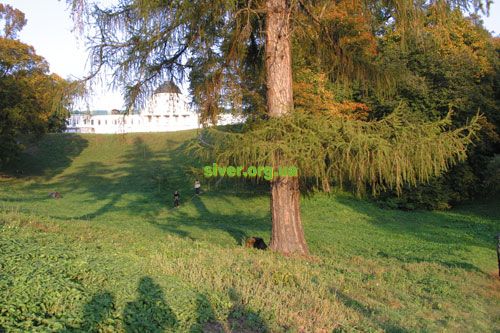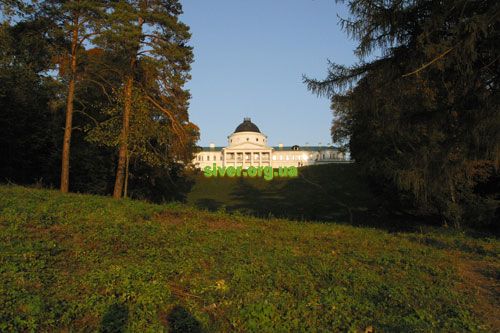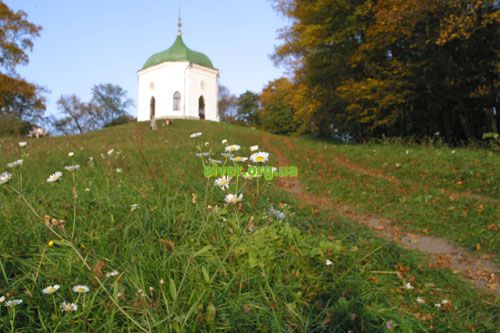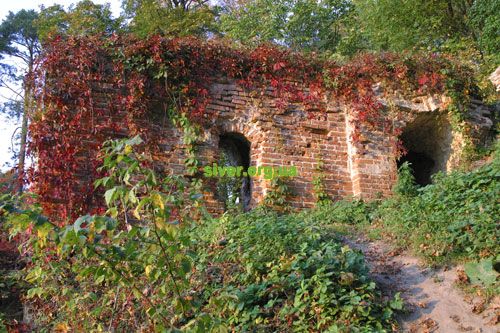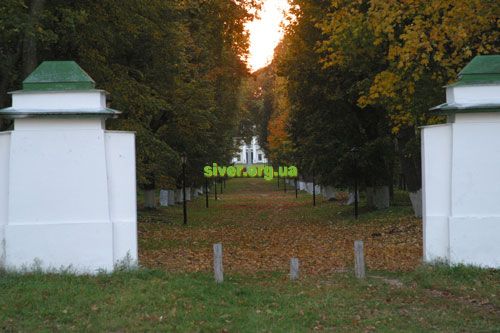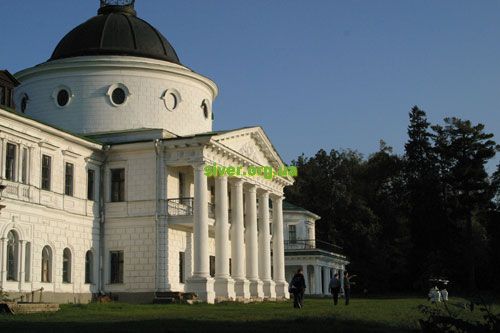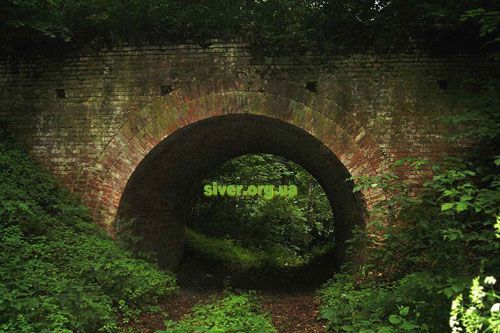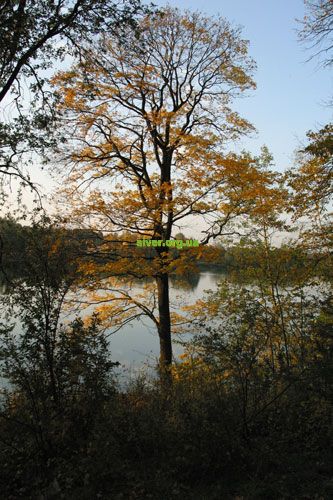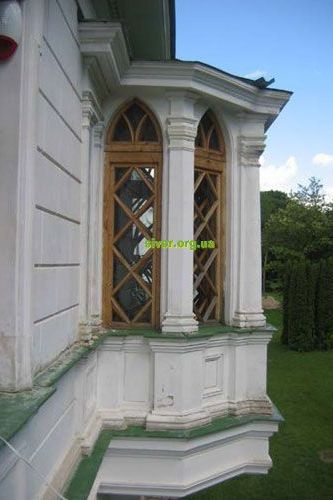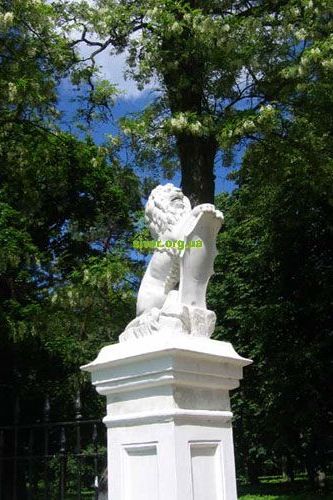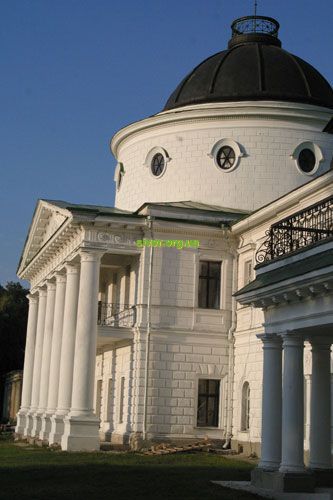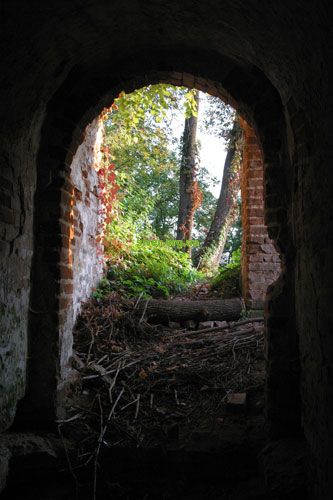In the south-eastern part of Chernihiv region in Ichnya district on the banks of the magical Smosh-river there is the State Historical and Cultural Reserve “Kachanivka that is a real pearl of Ukraine.
This is the only palace and park complex in Ukraine which has been preserved in its entirety. The reserve combines the Kachanovsky park – a monument of landscape architecture that had been planted yet in 1777 and the palace. In addition to the park in the reserve there has also remained the St. George Church, utility and service rooms in the reserve.
The founder of the estate and its first owner was F.Bolgarin. He sold the manor to a court singer F. Kochanovsky and the estate got its name after him. In 1771-1808 Kachanivka belonged to Field-Marshal Earl P.Rumyantsev-Transdanubia and his son. 1824 – 1866 the estate was owned by the family of Maecenas Tarnovski. Kachanivka afterwards successively had been the property of sugar manufacturer Kharitonenko, princes Urusovs and Olives.
The heyday of “Kachanivka” not only as a park and palace complex, but also as a powerful center of spirituality was indicated through the efforts of Tarnovskies family.
Kachanivka played a crucial role in the creative work of many famous artists of that time. Basil Shternberg a talented artist, a pupil of the Academy of Arts used to spend his summer vacation in the manor in 1836-1838. There he created his best works which were honoured with the highest academic awards.
Significantly that Taras Shevchenko during his first trip around Ukraine in May of 1843 was traveling from St. Petersburg directly to Kachanivka having sent there in advance his best picture “Catherine”.
In the estate park there is a preserved meadow, where in the shade of a centuries-old oak Taras Grigorievich indulged in thoughts and communicated with the serfs musicians. And under the other oak Mykola Gogol read his “Taras Bulba”. Nearby stands the burial mound of the artist Grygory Chestahovskyi who was a friend and spiritual father of Taras Shevchenko.
In the XIX the manor turned into a kind of center of culture and art. It attracted the best representatives the creative intelligentsia of that time. It was visited by writers Mykola Gogol, Panteleimon Kulish, Marko Vovchok, scientists Nikolai Kostomarov, Michael Maksimovich, Dmitro Yavornytsky, artists Ge, Dobuzhinsky, Petrov-Vodkin, Vrubel and brothers Makovsky. In Kachanivka Mykhailo Glinka first performed “Persian chorus” and “March of Chernomor” from his opera “Ruslan and Ludmila.” Now on a hill near the Majorsky pond there is a white stone gazebo, named after the famous composer.
It is difficult to list all donations to the development of Ukrainian literature, science, education and art made by virtuous family of the Tarnovskies.
Vasyl Tarnovskyi yet in his student years was carried away collecting. The basis of his unique collection was composed of cossack relics and priceless Shevchenko belongings. Among the rarities of the collections was the saber of Bohdan Khmelnytsky, personal belongings of Ivan Mazepa, Semen Paliy, Paul Polubotok, Kirill Rozumovsky, cossack sabers, kleinods, hetman’s ordinances, portraits of many famous figures of the Cossack movement.
It was a veritable museum of Ukrainian studies that was bequeathed by collector and Maecenas to Chernihiv provincial zemstvo for creating museum exhibitions. Kachanivka’s collection was estimated by contemporaries in several hundred thousand silver rubles. In fact, it was and still remains, albeit in scattered state, priceless.
Fostered by three generations of Tarnovski family the Kachanivka Park is one of the largest landscape parks in Ukraine and Europe. And its uniqueness is not in its size (735 hectares) but in the fact that it has absorbed in itself all the best that the world park art and Ukrainian nature are rich.
Park charms with its unique beauty: the variety of colors and fragrances, crystal purity of springs, the glassy surface of large and small ponds (total area of 125.63 hectares). Here are preserved park bridges, covered with legends hills ‚ÄúLove‚Äù and ‚ÄúFidelity‚Äù, “Romantic ruins‚Äù on the shore of the Great Pond, which are a unique monument of the landscape art of XVIII century. There are more than 50 species of trees and 30 species of shrubs In the park’s array.
A special role in the formation of the artistic image of the park is played by the conifers acclimatized in the wooded steppe: spruce, pine, Eastern White Pine, larch, Siberian fir and cypress nuciferous. Among the exotic species the attention is drawn by Amur velvet, Russian olive, Wafer ash and catalpa.
The Kachanivka ensemble is truly one of the biggest and brightest samples of manor architecture, established in the best traditions of the world’s palace and park art, moreover, associated with the names of many creative individuals of the XIX century.

